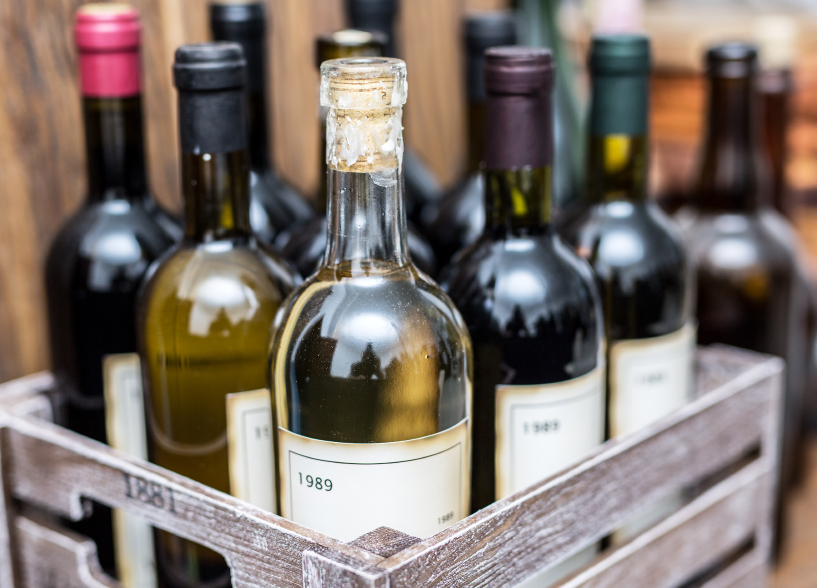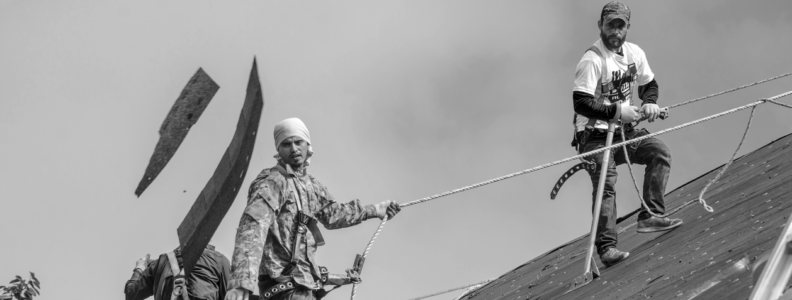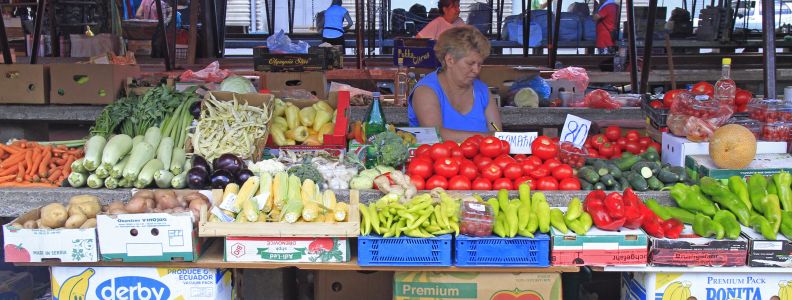Blog

How To Insure A Winery – Part 2
Note: this is part 2 of a series. Click here to go to Part 1. Click here to go to Part 3.
We’ve taken a look at Commercial General Liability and Liquor Liability insurance, which are essential for a winery. But what about the other insurable risk – Property?
The answer is: a winery needs a Commercial Property insurance policy.
Assembling the proper Commercial Property insurance policy is where things get a little tricky. It is, in fact, the most complex part of a winery’s insurance package.
Why is it complex?
The first reason is because wineries have diverse categories of property to insure. Rather than list all the different types of buildings, structures, mobile equipment, etc., that exist on winery, I’ll just direct you to this page, where you can see how many categories of property a winery has. The good news is all the types of property shown are insurable. Virtually all buildings, dwellings, and permanent structures would be placed on a Commercial Property policy (or sometimes a Farm Property policy, depending on the individual characteristics of the winery). It is up to the winery to know the values of each of the types of property and up to the agent to gather all the information about them to provide to the insurance company.
 The second reason a winery’s property is difficult to insure is because of the thing that makes them a winery: the wine itself! Wine has none of the characteristics of the tangible property that insurance companies like to insure. Why is wine difficult to insure?
The second reason a winery’s property is difficult to insure is because of the thing that makes them a winery: the wine itself! Wine has none of the characteristics of the tangible property that insurance companies like to insure. Why is wine difficult to insure?
- It changes in value over time – from the time it’s grape juice settling in a fermentation tank, to bulk wine in a barrel, to the finished product: wine in a bottle. How do you insure it for the proper amount?
- The market value can differ greatly from the replacement value. What if a case of wine was stolen from your storage building – would the policy pay the “replacement cost” or the “market value”? What would you want it to pay?
- Wine is a liquid and can leak. If it spills onto the ground, is it really “damaged”? Well of course it’s unusable, but the exclusions on the standard Commercial Property policy put much doubt as to whether the wine, if spilled, would be covered.
- Standard Commercial Property policies have exclusions for things that could easily cause serious damage to your wine, such as contamination from bacteria or fungus. That would be an unpleasant insurance surprise to find out that there’s no coverage when damage from those two perils occurs.
- People make mistakes when making wine. What if your vintner accidentally blends two of the wrong wines together, over-sulphers the wine, or maybe accidentally adds water? Would it be considered “Damaged Property”? Not on a Commercial Property policy!
These predicaments are enough to keep at least a few winery owners up at night. What insurance pays for this? The answer is: special winery coverage endorsements created specifically for the wine industry provide protection for each of those scenarios listed above and summarized here – market value issues, leakage/spillage, contamination, and wine processing errors. These coverages are typically added to your Commercial Property policy, and do not have to be sought out separately. More good news: these coverages are not expensive.
Wrapping up this section: your winery’s property is a complex beast, but with the right agent who works with the right insurance companies, it is entirely possible to have a proper Commercial Property policy that covers all your different types of property, as well as the wine itself that has its own unique risks.
Is there anything else we’re missing? Find out in part 3.
This a 3 part series. Click here to go to Part 1. Click here to go to Part 3.
 ELI GILLESPIE
ELI GILLESPIE
I’m the commercial producer and owner at Gillespie Insurance Services.
SCHEDULE A CALL
SEND EMAIL





